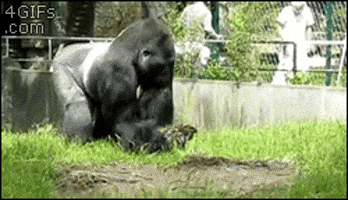The truth is, the "server identity" people remember wasn't born from healthy PvE competition - it was from necessity. People had to know who others were because there were no systems to facilitate coordination or access back then. You knew who was in the top guild because they were the ones who got the dragons; everyone else just read about it in guild drama posts. That kind of scarcity-driven "social fabric" doesn't translate to modern design, because the market has changed. Players now expect access to at least some meaningful endgame without waiting behind a rotation list or losing to someone with a faster connection.
And this idea that "constant PvE rivalry" guarantees long-term subs ignores a two-decade trend of games that tried exactly that and crashed under the weight of burnout and toxicity. Competition can be great, but it has to exist within a framework that still respects player time and doesn't alienate 90% of the base. Otherwise, you don't create community, you just recreate the same tired server soap opera that everyone claims to miss but nobody actually wants to live through again.







